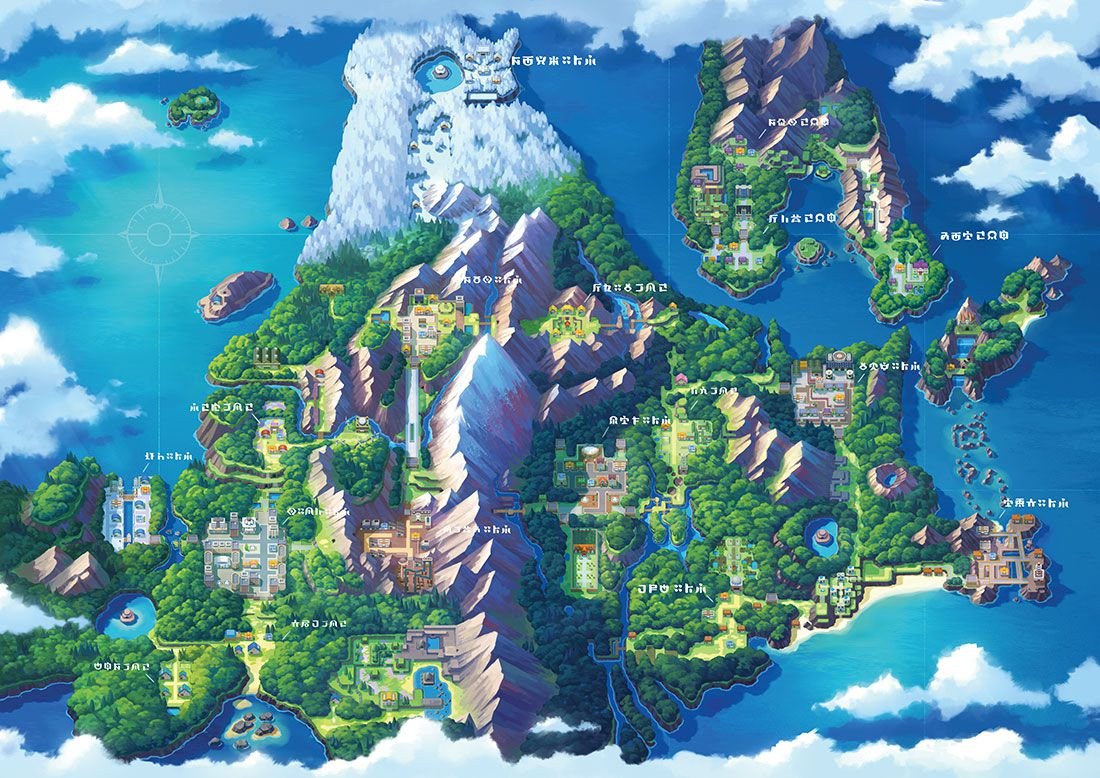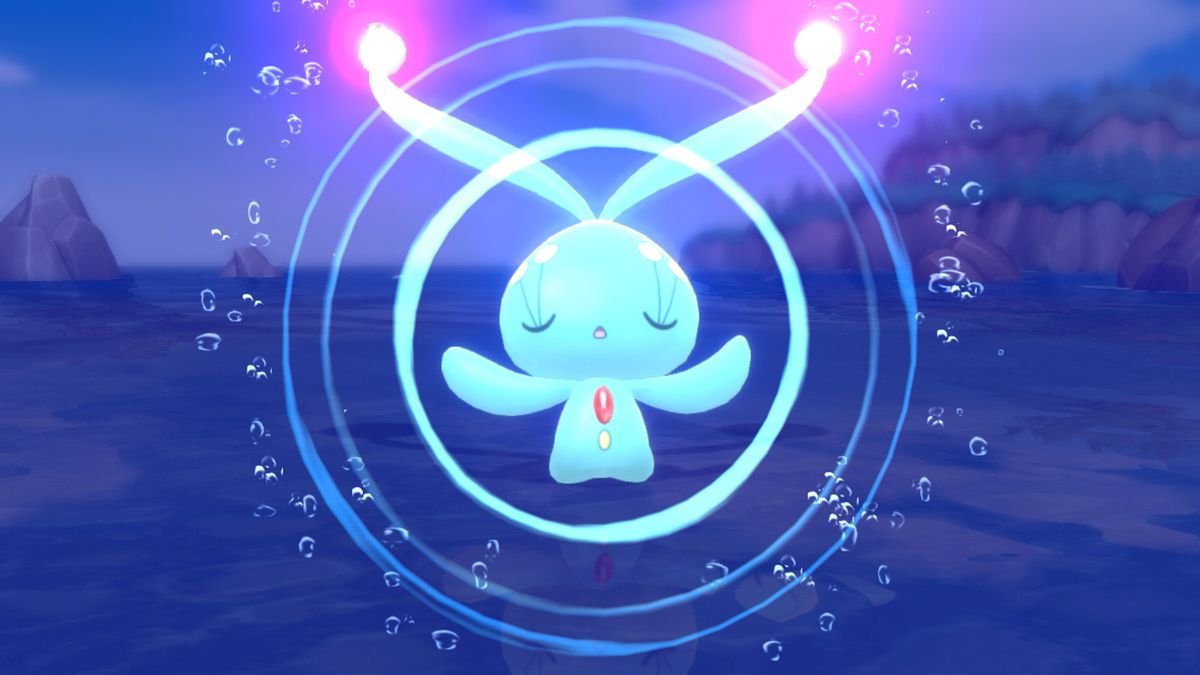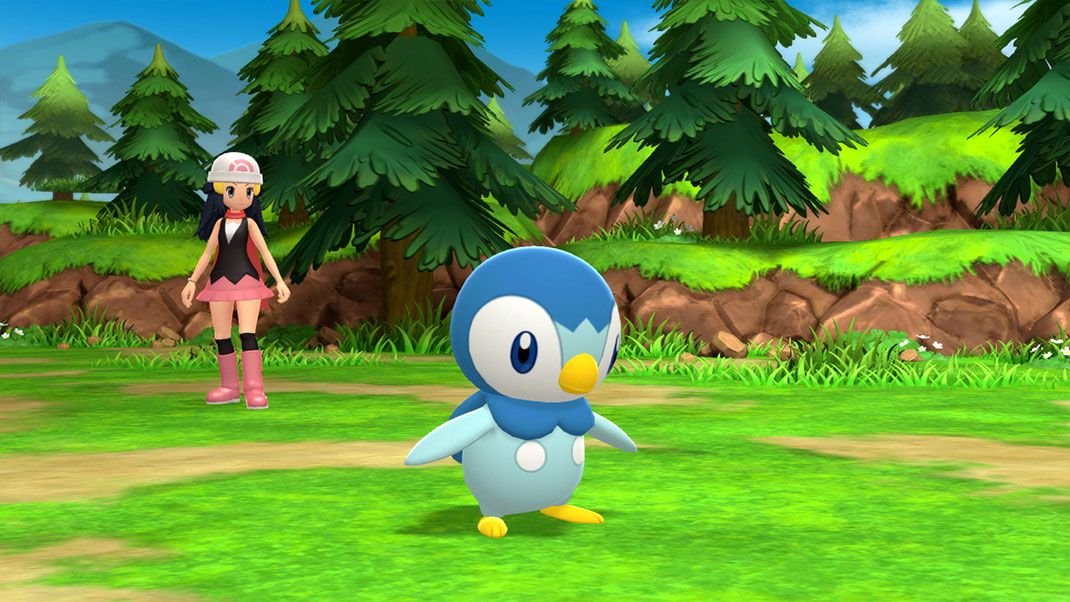Pokémon Brilliant Diamond and Shining Pearl feel old, but that’s what I love about them.
With so many Pokémon spinoffs, reimaginings, and new generations, the classic Pokémon game feels buried in a slew of updated mechanics and impressive new features. But Brilliant Diamond and Shining Pearl are low-frills remakes that take players back to that original, simple journey, and they’re the first Pokémon games I’ve enjoyed battling through for nearly a decade.
Brilliant Diamond and Shining Pearl take potential trainers to the Sinnoh region, based on the Japanese island of Hokkaido, with a giant mountain range bisecting it. (Sinnoh is the same region players will explore an ancient version of in Pokémon Legends: Arceus next year). The plot and action follow the same steps of every Pokémon before it: A kid and their buddy/rival stumble into Pokémon ownership, take on the gym leader challenge, get wrapped up in larger plots that threaten the world as they know it, and eventually challenge the Pokémon League to become “the very best.”
But unlike the Switch’s other Pokémon entries — the Let’s Go titles and Pokémon Sword and Pokémon Shield — and some of the late Nintendo 3DS entries, Brilliant Diamond and Shining Pearl keep things classic. When I send my Pokémon out to battle, I can’t Mega Evolve them for a temporary boost of strength. I can’t tap my wristwatch to make them grow to skyscraper heights. And capturing Pokémon involves the same battle format as fighting a trainer, not the gyro-enabled Pokéball-throwing minigame featured in Let’s Go. I battle until all of my monsters faint or all of the other team’s do; I capture Pokémon via the careful whittling of HP.

Image: Game Freak, ILCA/Nintendo
For years, the series’ modern distractions have pulled me out of the first franchise I ever loved as a kid. Each game has been another mutation toward unnecessary new mechanics that make for cool moments but prolong the series’ already lengthy battles. Somewhere along the way, the franchise diluted the joy of solving elemental battle puzzles and building a team capable of countering any trainer I may come across. The focus became about spectacle — giant combatants, wide-open spaces bursting with Pokémon to catch — rather than strategy.
Brilliant Diamond and Shining Pearl do keep a laser focus on the main Pokémon path, but still offer useful side activities. The Pokémon Super Contest lets me parade my Pokémon around in a minigame, showing off that they’re the coolest and most popular. I can also relax with Pokémon in Amity Square, eventually allowing my Pokémon to walk around behind me in the overworld. But all of this is optional, and never distracts from my mission at hand. I can play the tutorials, file the information away for the post-game, and move on.
Perhaps the best and most useful version of this forget-it-until-you-need-it philosophy is the revamped Underground. The Underground, which unlocks several hours into Brilliant Diamond and Shining Pearl, lets me dip into caverns at almost any entryway in the overworld. Underground, I can establish a secret base in which to hang out, hunt for treasure and, of course, discover new Pokémon. These Pokémon reside in little pockets that act as miniature biomes for Rock, Water, and a host of other types.
It’s a system I almost forgot about until I needed a Ground or Fire Pokémon to defeat the Steel gym leader in Canalave City. Instead of running around through tall grass to find a Pokémon that suited my needs, I ventured into the Underground. I was able to find a new Graveler close to my level, and head into the gym within the span of about 15 minutes.

Image: Game Freak, ILCA/Nintendo
For players who want to spend their time hunting shiny Pokémon or, like me, need something in a pinch, the Underground is perfect. But for someone who just wants to adventure through Brilliant Diamond and Shining Pearl’s story, it’s an easy feature to forget about. A more modern Pokémon game might force me to grind through the Underground to reach a story-relevant area. But the focus in these remakes is on the simple journey to the Pokémon League, and any additions are merely meant to supplement that joy.
Which is all to say, the games’ modernizations are all in service of a better experience, not transforming Pokémon into something new. I can use HM moves — required to swim or cut down trees — without teaching them to my Pokémon. I can also swap out my party members at any point (as long as I’m not in a dungeon), so I don’t need to hoof it back to the Pokémon Center once I hatch the egg I’m carrying around.
Any long-running series needs to evolve, and Pokémon has undoubtedly done that. And some players have surely cherished the new directions the series has split into. But as an aging Pokémon player, I’ve felt the series slipping through my fingers for a decade now, moving away from the creative, animal-based, elemental-matching puzzle game I enjoyed in favor of flashier modern trappings. So I was shocked when I fell back into the Pokémon rhythm so quickly with these remasters. They’re safe, and if you’ve never played this particular Pokémon generation before, they won’t surprise you. But after years of upheaval and change, I reveled in Brilliant Diamond and Shining Pearl’s safety.

Image: Game Freak, ILCA/Nintendo
Brilliant Diamond and Shining Pearl aren’t for the kids that love Pokémon now — they’re for their college- and working-age older siblings or even their parents. They’re for Millennials like me who grew up with the first three generations, or even Gen Z players, who perhaps first came to the Pokémon series with the original Diamond and Pearl. These remakes are Game Freak and developer ILCA’s ploy to recapture those of us who only see Pokémon as a memory, or something to play on our phone while standing in line for coffee.
I’ve spent years — the better part of a decade, since the Ruby and Sapphire remakes on 3DS — going through the motions with new Pokémon games, trying desperately to fight through superfluous features and recapture the magic of my childhood. But the Diamond and Pearl remakes’ simple, derivative, and basic formulas helped refocus my love for a franchise almost as old as I am.
Pokémon Brilliant Diamond and Pokémon Shining Pearl will be released on Nov. 19 on Nintendo Switch. The game was reviewed on Switch using a pre-release download code provided by Nintendo. Vox Media has affiliate partnerships. These do not influence editorial content, though Vox Media may earn commissions for products purchased via affiliate links. You can find additional information about Polygon’s ethics policy here.
























































